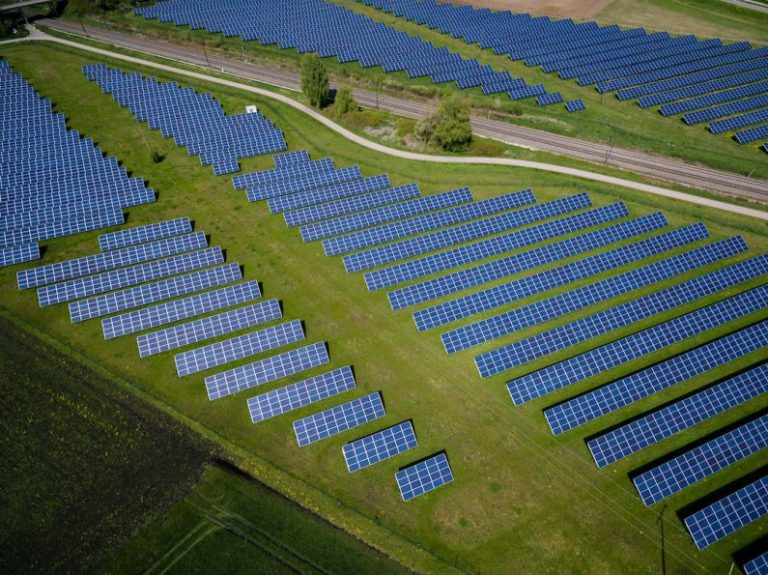How to Conserve Water in Your Home and Garden?
Water is a precious resource that we often take for granted. However, with increasing concerns about water scarcity and the impact of climate change, it is more important than ever to find ways to conserve water in our homes and gardens. By making a few simple changes to our daily routines and adopting water-saving practices, we can all play a part in conserving this valuable resource.
In the Home:
1. Fix Leaks: Even the smallest leak can waste a significant amount of water over time. Take the time to check all faucets, pipes, and toilets for leaks and repair them promptly. A dripping faucet can waste up to 20 gallons of water per day!
2. Install Water-Efficient Fixtures: Replace old toilets, showerheads, and faucets with water-efficient models. Look for fixtures with the WaterSense label, which indicates that they meet the Environmental Protection Agency’s (EPA) criteria for water efficiency. These fixtures can help reduce water usage without sacrificing performance.
3. Take Shorter Showers: A long, luxurious shower can be tempting, but it can also be wasteful. Aim to keep your showers under five minutes, and consider using a low-flow showerhead to further reduce water usage. You can also turn off the water while lathering up or shampooing to save even more.
4. Collect Rainwater: Set up a rain barrel in your garden to collect rainwater. This water can be used for watering plants, washing your car, or even flushing toilets. It’s a simple and cost-effective way to reduce your reliance on treated water.
In the Garden:
1. Water Wisely: Water plants in the early morning or late afternoon to minimize evaporation. Avoid watering on windy days, as the water can be easily carried away. Use a watering can or a drip irrigation system instead of a hose to target the roots directly and avoid wasting water on the leaves or surrounding soil.
2. Mulch: Mulching around plants and trees helps retain moisture in the soil, reducing the need for frequent watering. Organic mulch, such as wood chips or straw, also improves soil health and suppresses weeds.
3. Choose Native and Drought-Tolerant Plants: Native plants are adapted to the local climate and typically require less water than non-native species. Selecting drought-tolerant plants will not only save water but also reduce maintenance and improve your garden’s resilience during dry periods.
4. Use Efficient Irrigation Systems: Consider installing a smart irrigation system that adjusts watering based on weather data and soil moisture levels. These systems can help optimize water usage and prevent overwatering.
5. Capture and Reuse Greywater: Greywater is wastewater from sources like sinks, showers, and washing machines that can be reused for non-potable purposes, such as watering plants or flushing toilets. Check local regulations and guidelines for proper greywater reuse practices in your area.
Conclusion:
By implementing these water-saving practices in your home and garden, you can make a significant difference in conserving water. Remember, every drop counts. So, fix those leaks, install water-efficient fixtures, and adopt mindful watering techniques. Together, we can ensure a sustainable future for generations to come.






